Fantasy 101
Hey!
Are you new to Fantasy Basketball?
No worries, here are some quick information so you will feel more at home. If you want a description in one sentence: fantasy basketball is a season-long game played over the internet where you serve as a manager of a virtual team and you get points based on the actual performances of NBA basketball players.
What is Fantasy Basketball?
Practically the best way to follow NBA basketball and your favourite players. The main point of fantasy is that the actual stats of NBA players in their real games transcribe into fantasy teams. So if Luka Dončić has 25 points, 6 rebounds and 11 assists, these numbers are attributed to the team that has Dončić (later on we’ll talk about how these numbers are then converted into points or categorized).
Why do we have a draft and why is it important?
The draft marks the beginning of the fantasy season. You get your players by participating in the draft (a few minutes before draft time go to ESPN league page and click ‘enter the draft’). You will see the draft interface, where you will pick NBA players in turn – one player each. Every relevant NBA player is eligible to be picked. Thus, all the best NBA players will be distributed among fantasy teams. Attention: an individual player can only be in one fantasy team!
Is this the same system as other fantasy games?
Maybe. It’s similar to fantasy football (NFL) but different from Champions League (football) fantasy where you have the system “here’s 100 million, now put together a team where each player has a pre-determined price”. In fantasy basketball your team depends on what others do – so if someone else picked Luka Dončić, you can no longer have him.
What does a snake draft mean?
The order of the draft is chosen randomly by ESPN one hour before the draft. Someone will get the first pick and someone will get the tenth pick. To keep things fair, the order in every second round is reversed. Thus, the player who chooses the last in the first round will be the first in the second round and so on (alternating every round). The draft runs for 13 rounds, so each manager will select 13 players.
Are player positions important?
Mostly yes. I highly recommend that you cover all five positions (PG, SG, SF, PF, C) but there are no problems if you have let’s say 4 point guards and only 2 centers or vice versa. This will affect how you set your daily lineups so you want to have players for each position in your active lineup.
How do I know which NBA player is good for fantasy?
ESPN has prepared its player rankings, so if you don’t know who to take, pick one of the players at the top of the list. Of course there are also quite a few other sources of rankings across the internet that you can find with some googling. Take the players you like, but at the same time watch out for value so you can put together a winning squad!
How are points scored in the Points system?
Every basic stat has its own value that transfers to fantasy points. We are using standard ESPN scoring settings – you can see the actual number in the Rules section. You get points for positive statistics (points, rebounds, assists and so on) but you get points deducted for a missed shot or a turnover. In short: add up the statistics and you have the total! Whoever has more points at the end of the matchup gets the victory.
How do you compete in Categories format?
Player statistics are transferred to the fantasy team but totals for each of the 9 categories are made separately. Thus, during the week the sum in each category is made and at the end of the week whoever wins more categories gets the victory.
How does the regular season and the playoffs go?
In the regular season you will probably have 20 matchups (each lasts a week). After the regular season four teams with the best score advance to the semi-finals, followed by the finals (or the 3rd place game). Matchups in the playoffs last for two weeks.
How do I set daily lineups?
For each day you must set the daily lineup. You have 10 spots for active players so you have to put all players with a game on that day in the active lineup. We strongly recommend that you edit your lineups a week in advance and then you can adjust during the matchup. Remember: if a player is on your bench on the day of his match, he will not bring you any points. We repeat: the lineups have to be set for each day separately!
What do I do if one of my players gets injured?
If a player is injured, you can place him on the injury reserve spot (IR). To be able to do this, he has to have the designation ‘O’ – out. Each team has two IR spots. If someone who is not a key player on your team gets injured, simply replace him with a free agent.
What do I do if one of my players doesn’t play well?
If you don’t have high expectations for this player (you took him at the end of the draft, for example), replace him with a free agent (4 adds per week are allowed). However, if this player is usually a really good basketball player, you can wait it out or try to trade him to some other fantasy team. Of course managers of both fantasy teams have to agree to the trade. Make sure you only make trades that you think are good for your team!
Can I try to trade a bad player for a good player?
Please don’t as that’s not sportsmanlike behavior. If such a trade gets accepted, other managers vote on a trade. If there is a suspicion that you tried to cooperate with another manager to make someone’s team much better, that’s collusion and it won’t be tolerated. You don’t want to be removed from the league, don’t you?
Do you have any advice for the draft?
Grab the players you like so you’ll be happy with your team. Also think about who you will pick in the later rounds. The draft has 13 rounds and the last round is also important! Fantasy is a game of statistics after all, so you can measure the value of players. Use this to your advantage!

